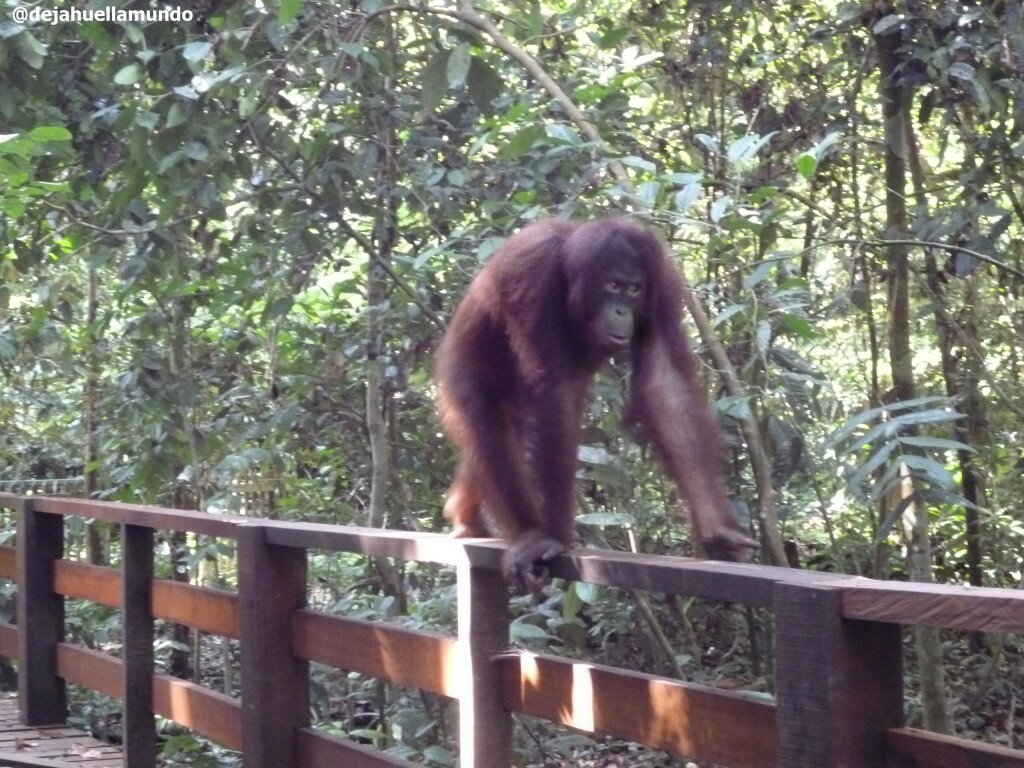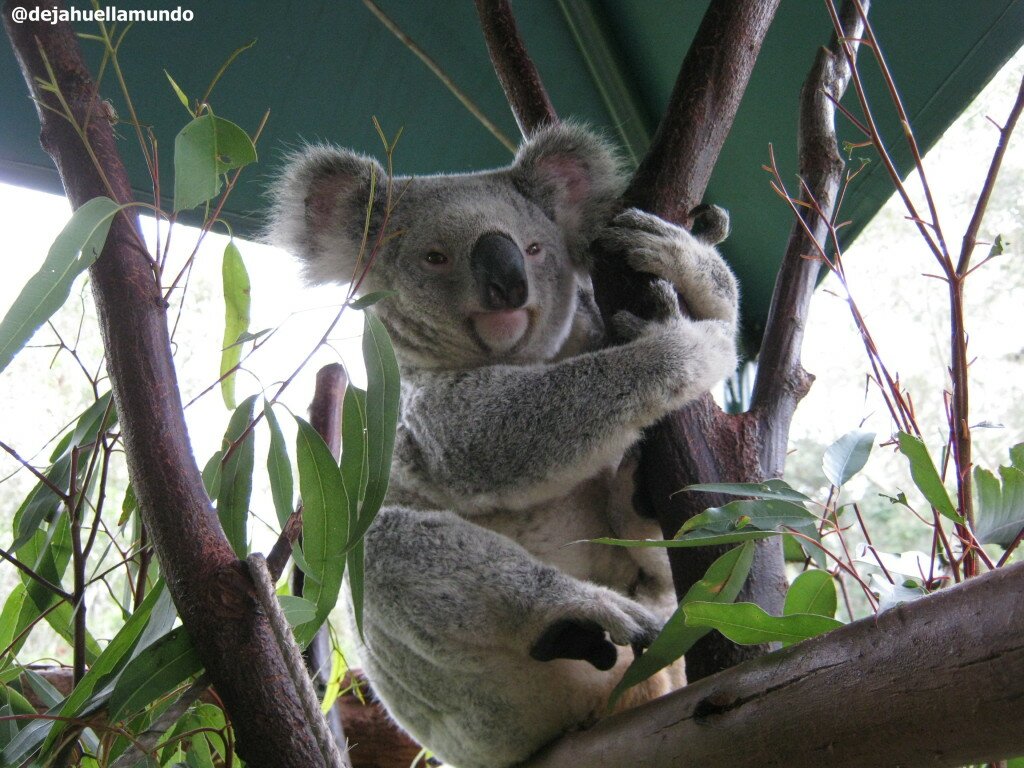Maria Campasso,
Correspondent (Our World)
The sun starts going down in Kennett River, a small town in Victoria, Australia. There are many eucalypts trees around here, and it is quite easy to spot koalas in them at this time of the day. But we might not see them in 30 years’ time.
Even though this marsupial is not listed as an animal in danger of extinction, but vulnerable since 2012, the Australian Koala Foundation states that there are only about 43,000 koalas left in Australia, from the 1,00,000 that were in 2003. If this rate of decline continues, they could be gone by 2040.
And this is just one example of thousands which are about to be vanished. The Living Planet Report launched by WWF indicates a fall of 27% of the wildlife population between 1970 and 2005, and some of the main reasons for this great loss are connected to the fact that human population grows and also does the consumption. What is causing the species extinction? Well…mainly us.
Although there are many reasons why biodiversity is lost, it seems that humankind is the main cause. We hunt them and destroy their habitats and food. Whenever a tropical rainforest is destroyed, many species are also gone with it. Moreover, contamination and habitat degradation exterminate species as well, and unfortunately animals cannot survive to the changes of their habitat that mining, agriculture, and logging does. In addition, when their habitats are destroyed, so are their vital resources such as water and food. This might also introduce new competitor species to the environments.
 One sad example of this is the case of the Sumatran orangutan, which is critically endangered because forests are disappearing. As trees are being cut down for timber, or burnt so oil palm plantations can be built, the Sumatran orangutan cannot find their way home.
One sad example of this is the case of the Sumatran orangutan, which is critically endangered because forests are disappearing. As trees are being cut down for timber, or burnt so oil palm plantations can be built, the Sumatran orangutan cannot find their way home.
Where is this all going? An interesting forecast comes from a geophysicist, Mike Coffin, who told a conference in Hobart that mankind will eliminate 75% of species on Earth in 240 years, and will cause a mass extinction event.
Nevertheless, many academics see the extinction of the species as a process of their evolution. Charles Darwin, for instance, explained that extinction was a natural phenomenon, which occurred whenever a specie was not able to survive to the changes of the environment, or to the competition with other species. Besides, evolution allows new species to arise. A great example of this is the peppered moth (Biston betularia) that has evolved to have a darker colour after the industrial revolution.
The truth is that at the moment, the number of species that we loose is between 1,000 and 10,000 higher than the natural extinction rate, says WWF. This would not occur, of course, if humans were not around. And as a result species are lost every decade. Some examples of the animals that became extinct during the last 10 years are the dodo (Raphus cucullatus), the golden toad (Bufo periglenes), the pyrenean ibex (Capra pyrenaica pyrenaica), and the liverpool pigeon (Caloenas maculate) and, most recently, the Western black rhinoceros (Diceros bicornis longipes), which was officially declared extinct a few days back.
How can we actually help to stop this? Authorities and organisations such as WWF are developing conservation programs in order to preserve wildlife. In addition, you can help as well by visiting a wildlife park in your area, avoiding the use of pesticides or herbicides, recycling, stopping buying products that derivate from animals, and reporting any illegal hunting or wildlife wounding.
Maria Campasso
Latest posts by Maria Campasso (see all)
- Wildlife Extinction — What Have We Lost and What Could We Lose? - January 19, 2014


No comments
Be the first one to leave a comment.